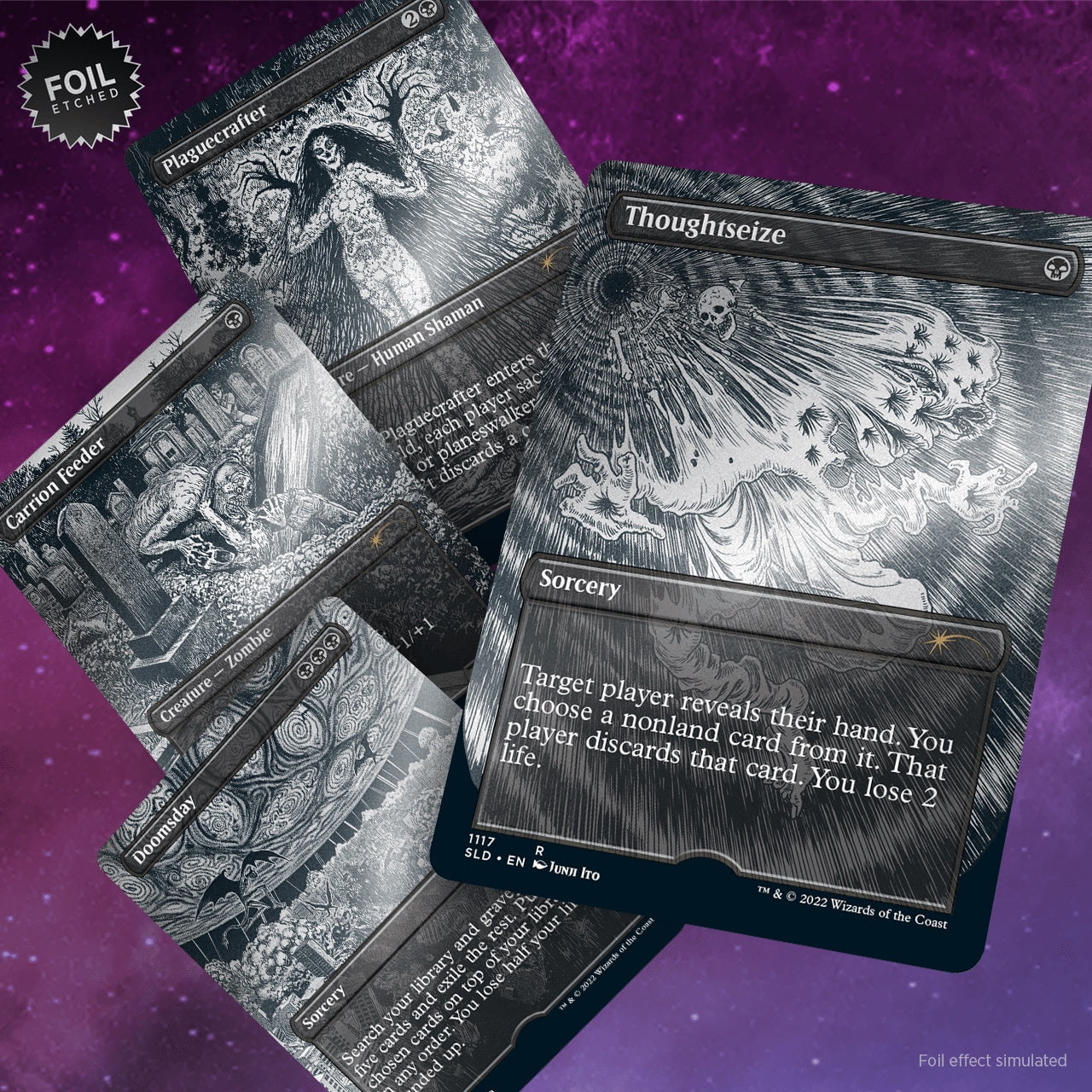Magic: The Gathering is definitely a captivating associated with strategy, creativity, and even camaraderie, where players can dive into epic battles utilizing their meticulously crafted decks. Whether you're a new newcomer looking to explore this rich realm or a seasoned gamer needing to enhance your current skills, understanding just how to build the first Magic: The Gathering deck is key in your success. This guide may lead you by means of the essential ways, tips, and ways to create a porch not only displays your specific style nevertheless also has the potential to give you the edge inside gameplay.
As you start on this voyage, you’ll discover how to select the right coloring combinations, balance dimana and spells, in addition to avoid common pitfalls that many starters face. From budget friendly options to specific deck archetypes, this ultimate guide may equip you along with the knowledge in addition to confidence needed to construct a winning Magic: The Gathering decks. Get ready to find out the art associated with deck-building and raise your gaming experience to be able to new heights.
Building Your best Deck: The Basics
Building your first Magic: The Gathering floor is definitely an exciting and even rewarding experience. To be able to start, it's necessary to understand the fundamental components that make up a deck. Throughout Magic, each deck consists of at least 60 cards, which in turn typically include land cards that produce mana, creature cards that can strike your opponent, and even spell cards offering various effects. Handling these elements will be crucial for any successful deck, as having too many associated with one type can lead to weak points in gameplay.

One associated with the key elements of deck creating is choosing the right color combo. Magic: The Gathering features five colours - white, orange, black, red, and green - every with distinct strong points and themes. Since a beginner, consider what playstyle appeals to you. You prefer intense strategies, to overwhelm your opponent along with creatures? Or maybe a handle strategy, where you manipulate the game plus outlast your oppositions? Identifying your chosen approach helps in choosing the colors that align with your goals.
When you have chosen a new color or combination of colors, it's time to select the cards. Start by thinking about essential cards that might serve as the backbone of your deck. Look for cards who have synergy, meaning they function well together to attain your game program. For important site , if a person are building the aggro deck, focus on low-cost creatures which could hit the table quickly. Additionally, watch the mana shape - the array of card costs inside your deck - to make sure you can play credit cards effectively at each stage of the game.
Key Strategies regarding Success
When building your current first Magic: The Gathering deck, possessing a clear strategy is essential to achieving accomplishment. Start by understanding the different archetypes, this kind of as aggro, management, and combo, because each has the unique strengths and even weaknesses. For a beginner, focusing about an aggro deck can be a good way to engage found in faster-paced games while developing your abilities. Conversely, if you prefer an even more strategic approach, handle decks might elegance to you, allowing you to manipulate the match flow and outmaneuver your opponent.
Another key strategy is to be able to maintain a well balanced mana curve. This kind of means ensuring of which your deck has a mixture of low-cost, mid-cost, and high-cost spells. A well-distributed dimana curve allows you to play cards effectively throughout the game. Aim intended for a typical casting price that enables you in order to play spells regularly while keeping the pressure on your own opposition. This balance is essential to prevent getting stuck together with unplayable high-cost credit cards in your hands during the early game.
Lastly, testing and even refining your floor is vital for enhancement. Playtest the floor against various opponents and other deck types to recognize strengths plus weaknesses. Pay close attention to scenarios where cards underperform or where specific combinations do not yield favorable outcomes. Gathering feedback and even adjusting your deck accordingly will boost your overall game play experience and help an individual understand the game's dynamics better, eventually leading to the more competitive plus enjoyable deck.
Common Problems and How to Prevent them
One common pitfall when building your own Magic: The Gathering deck is overcomplicating your strategy. Several new players attempt to incorporate multiple themes or technicians into one terrace, that may lead to inconsistency. To stop Magic The Gathering , focus on a single strategy or theme to build around. This will help to you make a cohesive porch with clear synergetic effects, making it simpler to execute the game plan properly.
One other frequent mistake is neglecting the equilibrium between creatures in addition to spells, as well as the importance of mana curves. New players often either avalanche their deck together with too many creatures or too many spells, leading to both a lack associated with offensive pressure or even a shortage of options in-game. Pay attention to maintaining some sort of balanced mana curve, incorporating the variety of cheap and high-cost cards, to maximize your ability to participate in cards throughout the game.
Finally, new players sometimes overlook the importance of playtesting their very own decks. Building a new deck is definitely the first step; you must understand how it performs in actual games. Take the time and energy to test your outdoor patio against different adversaries and strategies. This particular will help an individual identify weaknesses or even cards that might not get performing properly, allowing you to make necessary adjustments before planning into serious perform.
